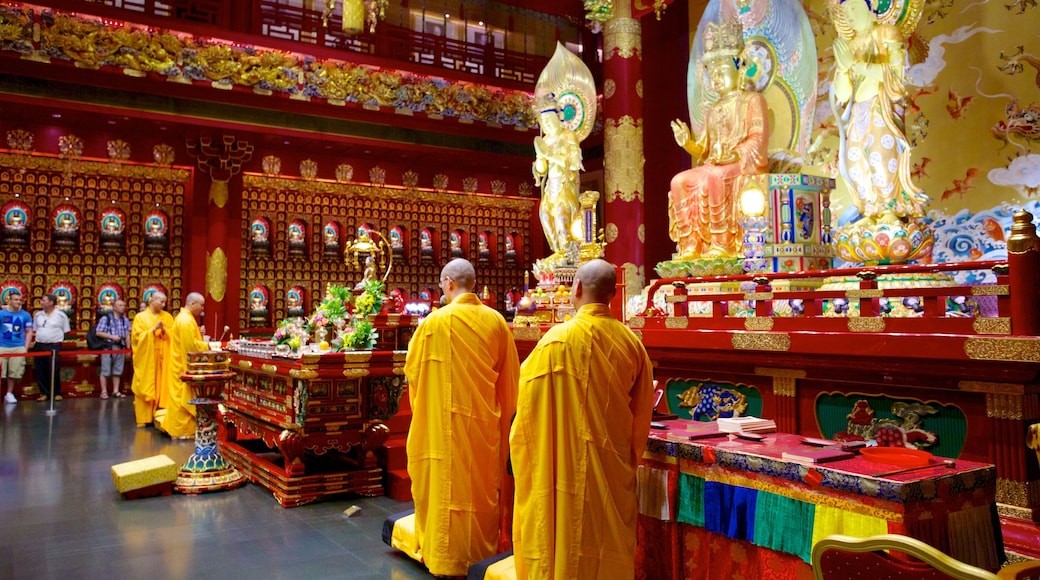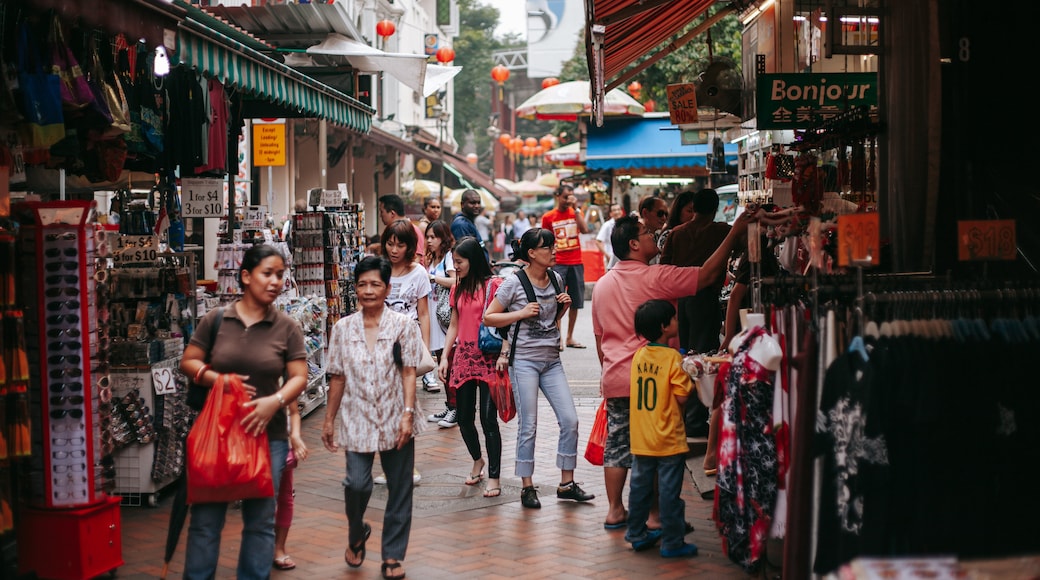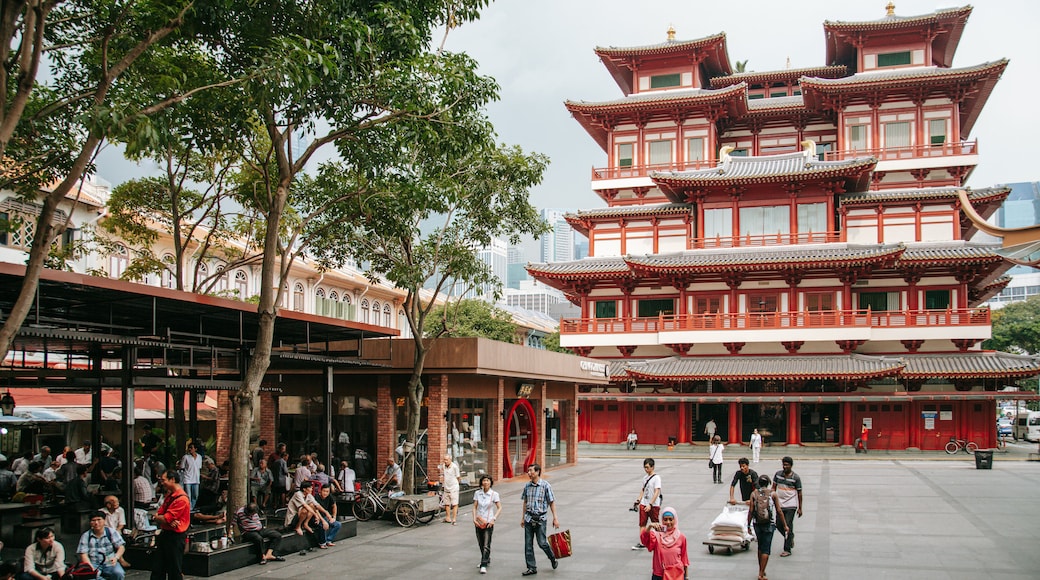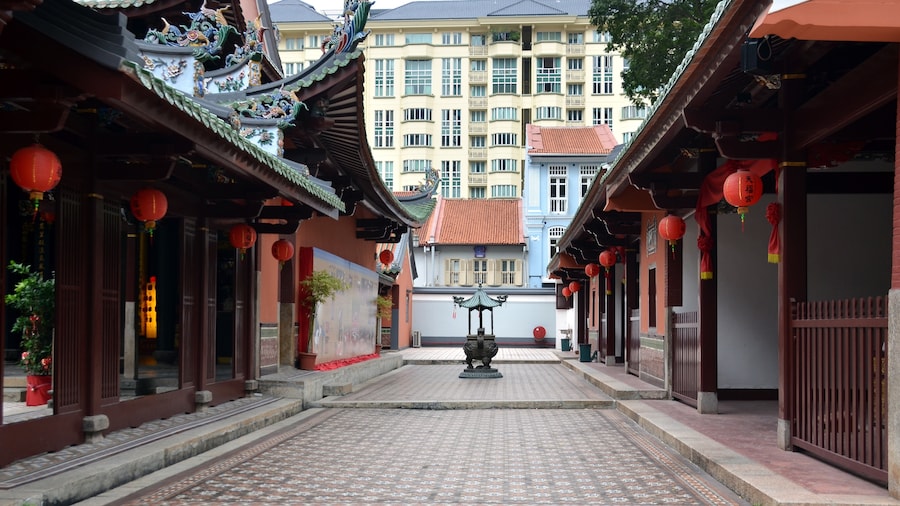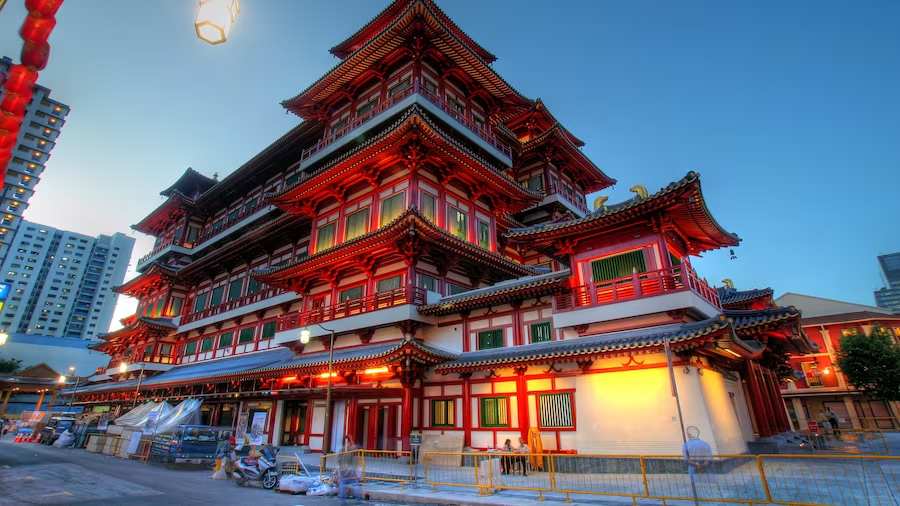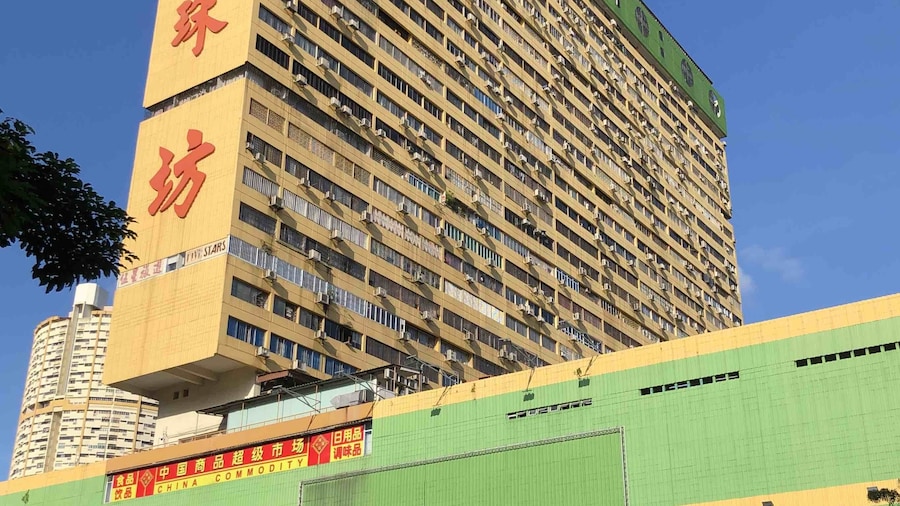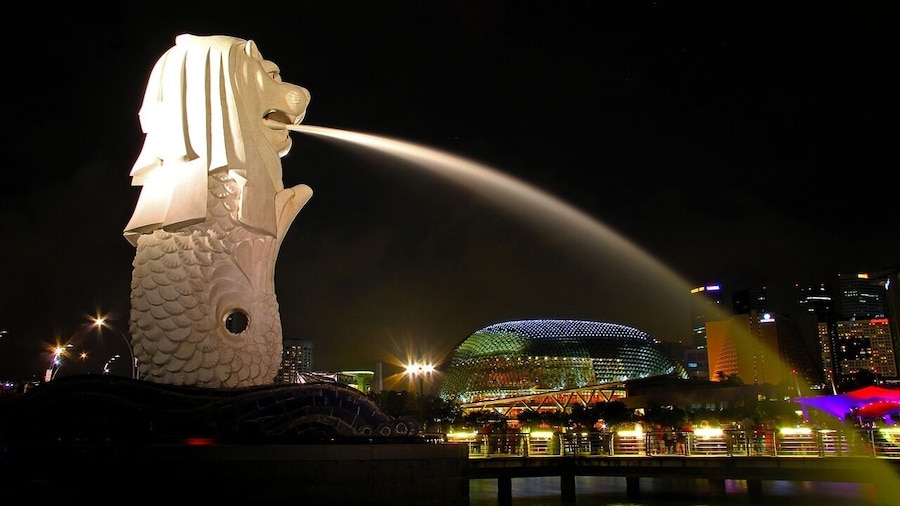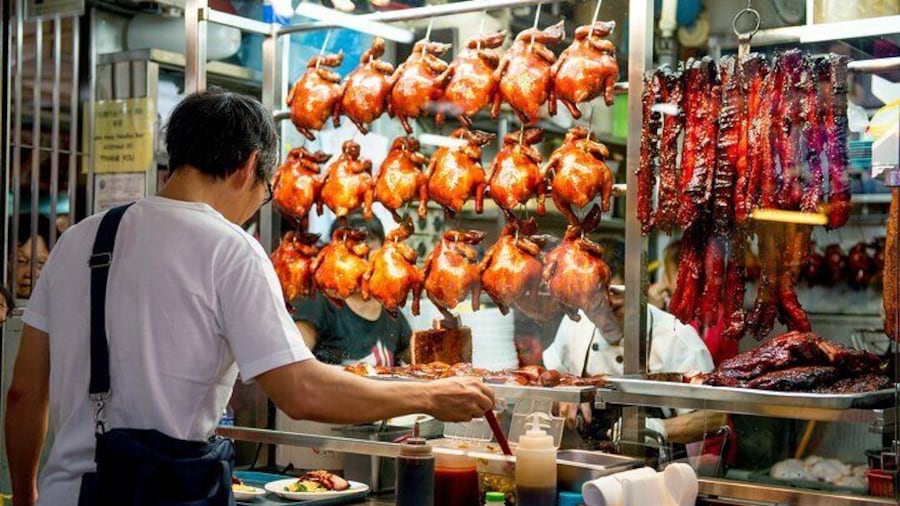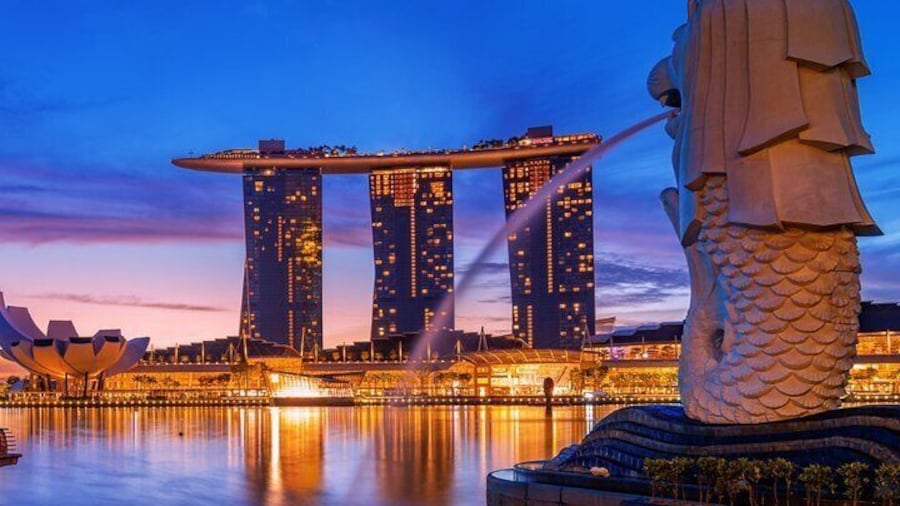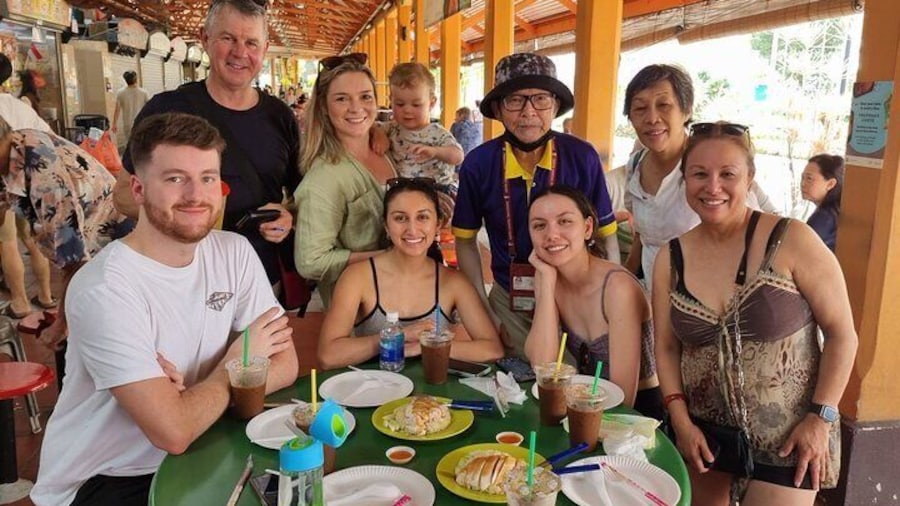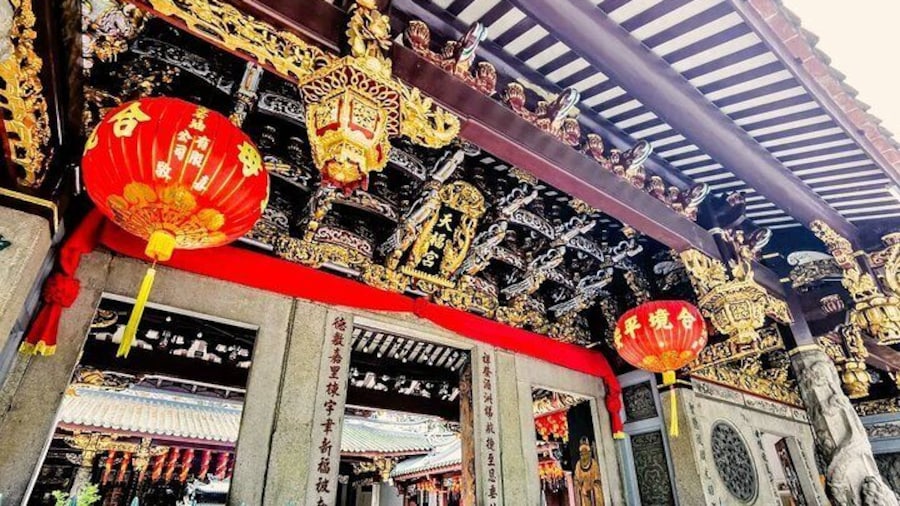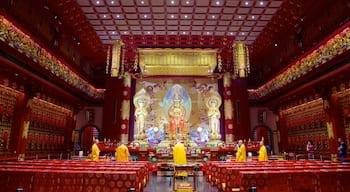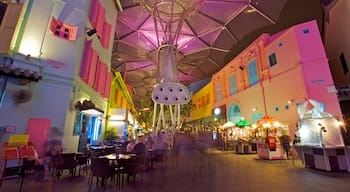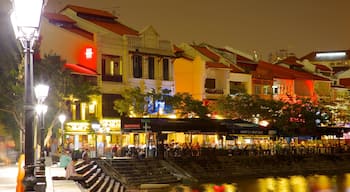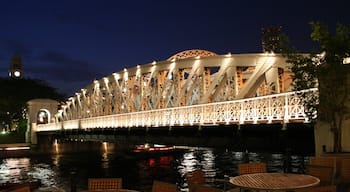The rich cultural history of Singapore's Chinese population is waiting to be discovered, along with some of the finest food in the city.
Since 1330, immigrants from China have made the area around Pagoda Street their first port of call on arrival in Singapore. Indeed, this neighbourhood was the first in the world to gain the name “Chinatown”. While Chinese people are Singapore's main ethnic group, this quarter represents the strongest expression of their identity. Tradition and history can be explored in the China Heritage Centre, in its many markets, and in the Buddha Tooth Relic Temple and Museum. The interior of the temple is bedecked in opulent reds and golds, and Buddhist ceremonies take place regularly – you are welcome to stay and observe.
A guided walking tour is an informative way to delve deeper into the background of the area, or if you prefer, you can follow the Chinatown tour yourself. The beginning point of the tour is the China Heritage Centre, offering a sense of what life was like in the city for early arrivals. The Sri Mariamman Temple is the oldest Hindu temple in Singapore, and its design is a very pleasing example of the South Indian style. Other traditional architecture to be found here includes the emblematic Chinese shop-houses, which are still in use to this day.
Smith Street, or 'Food Street' to the locals, is the best place in Chinatown to satisfy your hunger. Singapore Noodles have become world famous, and you can check out the real thing here. Bak kut (pork rib soup) is also a big favourite.
Chinatown is found in the centre of the city, within easy walking distance of most other central attractions. Parking is available on nearby streets, as well as a range of public transportation, including taking the MRT train to 'Chinatown' station. The area is open daily, and is free to enter.
